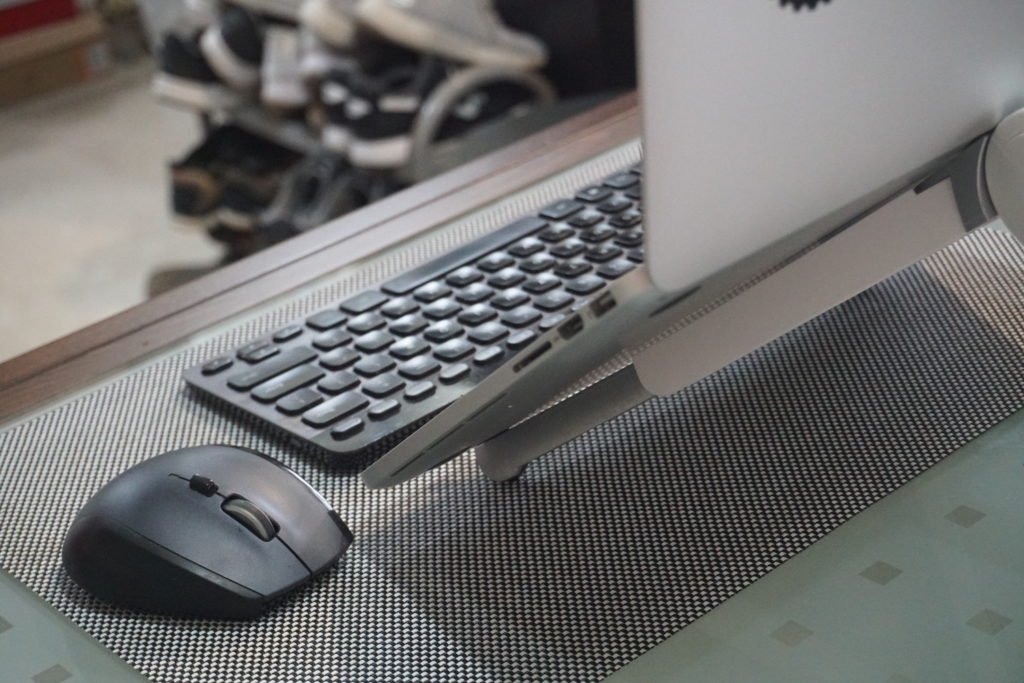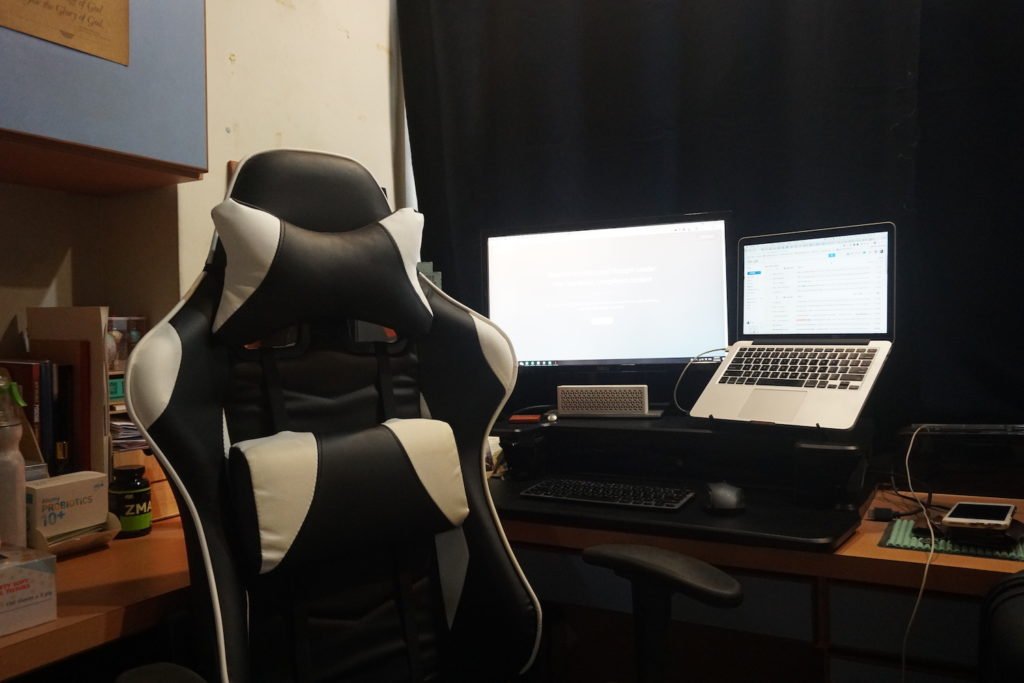There are many pros and cons of allowing your employees to work from home. In this article, I’d like to zoom into one particular trump card that startup founders use to argue against remote working: productivity.
The question goes: if you can’t see your employees, how do you know if they’re really working, and not playing computer games, or taking a really, really long nap? How do you know if they’ve even left the bed?
The assumption behind this question is that, left to their own devices, employees are likely to spend far less time doing actual work. Why? Because of the lack of watchful eyes, coupled with the sheer proximity to distractions like the bed.
In short, this notion is largely incorrect. Not only do remote workers feel like they are more productive, they actually are – and prove it by delivering better results.
This article is for those who are considering the remote working life, and want to convince your startup bosses to let you take the plunge. Here are the steps I took to ensure that, as a remote worker, I ended up being far more productive than the average office-goer.
Get the right equipment
If you want to get the most out of remote working, you have to invest in it. Thankfully, most of the gear I’ll talk about here are actually very affordable.
As a remote worker, you’ll need a set of equipment that ensures your working experience both at home and outside is ergonomic and comfortable.
I have a “on-the-go” work setup that consists of a portable keyboard, mouse, and laptop stand. This puts my laptop monitor at the correct level of elevation, so I won’t be crouched over it while working:

Having a portable keyboard and mouse also allows me to position them comfortably wherever I go. In particular, I’ve been toting Logitech’s Bluetooth Easy-Switch Keyboard K811 and MX Master Wireless Mouse around the world for five years now, and they’ve served me very well.

Why is this important? Poorly positioned equipment can cause incorrect posture, resulting in a host of musculoskeletal disorders, from carpal tunnel syndrome to tension neck syndrome. Office workers, who typically have little to no say over their equipment in the workplace, are common victims of this.
Even at home, I have a standing desk converter, which allows me to switch between both as I please, while maintaining a body-friendly posture:

According to Harvard Medical School, standing while working reduces the likelihood of shoulder and back pain. Realistically speaking, though, standing for prolonged periods of time can get tiring, which is why physical therapist Amy McGorry suggests alternating between sitting and standing.
Personally, I’ve found short periods of standing while working to be extremely liberating on the shoulder and back, giving me a burst of energy just when I need it.
For those long periods of sitting, I’ve also invested in a generic ergonomic gaming chair to provide adequate lumbar support, further reducing the strain on my body and allowing me to focus my energy on the work at hand:

Even non-gaming ergonomic chairs should serve you fine, if you’re not too particular.
Designate your “work zone”
It’s important to have a separate area in your house where work is done. This space should be cut off from distractions – the television, the bed, and even the kitchen – so that when you step into it, you know it’s time to get your work on.

Mentally, it’s also important to have a “work zone” marked out. That is, you need to have fixed work hours – or at least, a firm start and stop time everyday.
Contrary to popular opinion, remote workers tend to work even more than office-goers because of the lack of boundaries. I’ve worked into the wee hours of the night simply because there’s always more work to be done. In the end, I made sure to institute clear “office hours” for myself, and avoid taking calls or clearing emails after that.
This will certainly be a constant struggle for remote workers, who will need to manage their freedom judiciously. On the other hand, office workers simply have no choice whatsoever – they are subject to the workplace’s schedule, with its constant interruptions and mandatory meetings.
Done well, these boundaries can amplify your productive hours while allowing you ample rest in between. This can be done by designing your work hours around your most productive periods throughout the day.
For instance, I know that my focus is razor sharp in the late mornings – right after a shot of caffeine, or a gym session – so I set aside 10am to 12pm everyday to dive into content writing work:

However, my energy dips rapidly after lunch, so I use it as an opportunity to read a book or take a nap, to power up for the rest of the work day.
It’s worth taking a week or so to note the fluctuation of your energy levels throughout the day, so that you get a better sense of how to make the most of those hours when you’re at your peak.
Over-communicate
That’s all well and good for the remote worker. But what about the rest of the team, your boss might ask? Some things are bound to be lost in translation if you can’t casually look over your shoulder and inform your colleague at the neighboring table – right?
The solution is not just to communicate well, but to over-communicate with your teammates. This means laying everything out clearly in your virtual workspace of choice (we use Flock) so that nothing is left to guesswork. This also means taking the initiative to ask questions – no matter how silly they might seem – and double-confirm pointers.
Yes, it certainly takes more effort to put everything down in words. The upside, however, is that everyone has the time and space to become more thoughtful with what they say – by default.
Compare this to a packed meeting room, where you have barely seconds to respond in a discussions. The pressure to come up with something on the spot, regardless of whether it makes sense or not, is real.
At With Content, we start each day with a report of what we’ll be working on that day, as well as the blockers we need help with. We even talk about how we’re feeling that day, whether we’re raring to go or not quite feeling it. It’s a great way to start each morning by reflecting on your priorities, how your teammates can help each other out, and expressing that clearly in writing.
Take the plunge
Clearly, there are huge productivity benefits to be reaped by workers who go remote. However, this requires a leap of faith by startup founders and bosses to let them take the plunge and experiment. I am certain, though, that the upside will make it worth their while.

